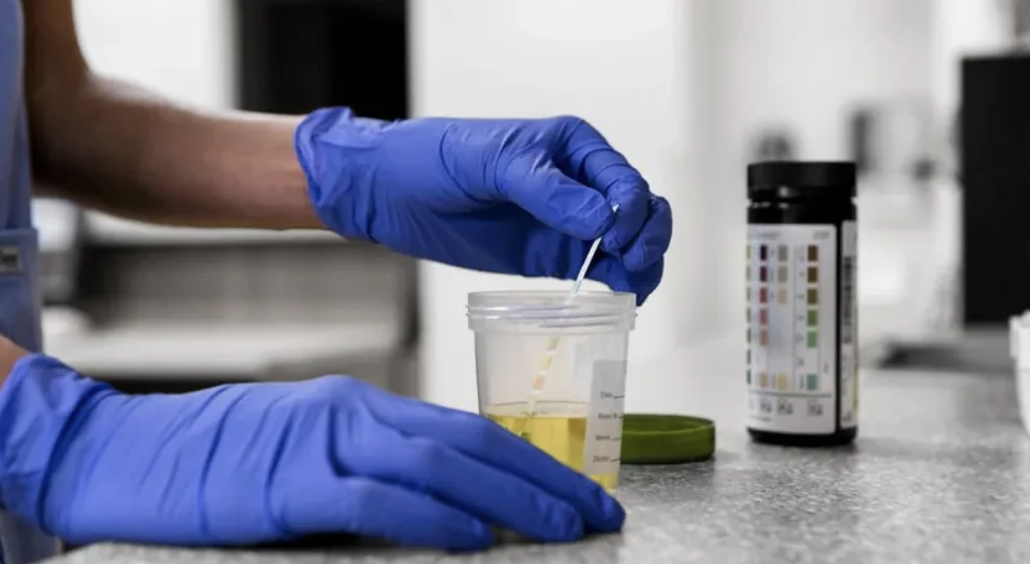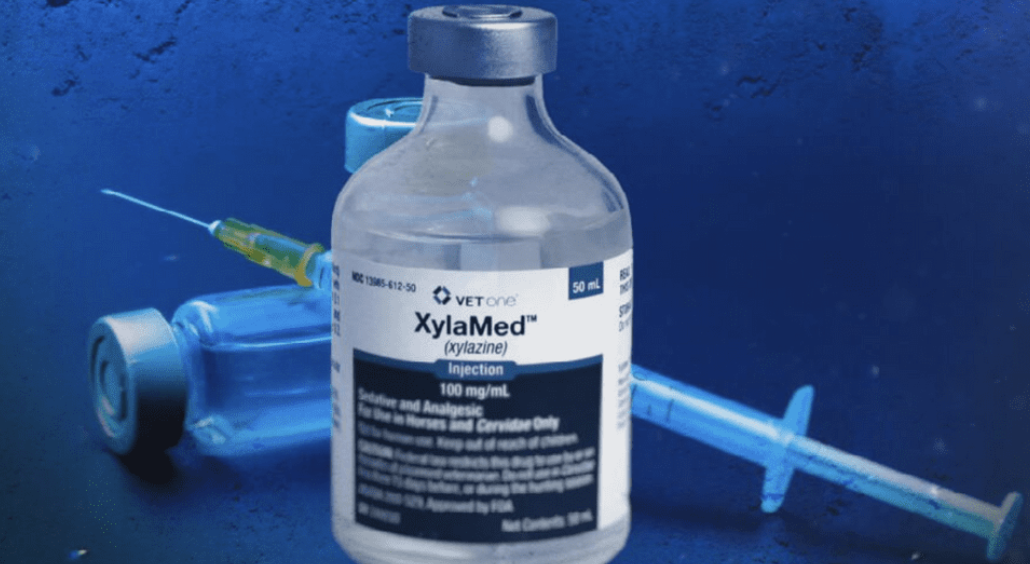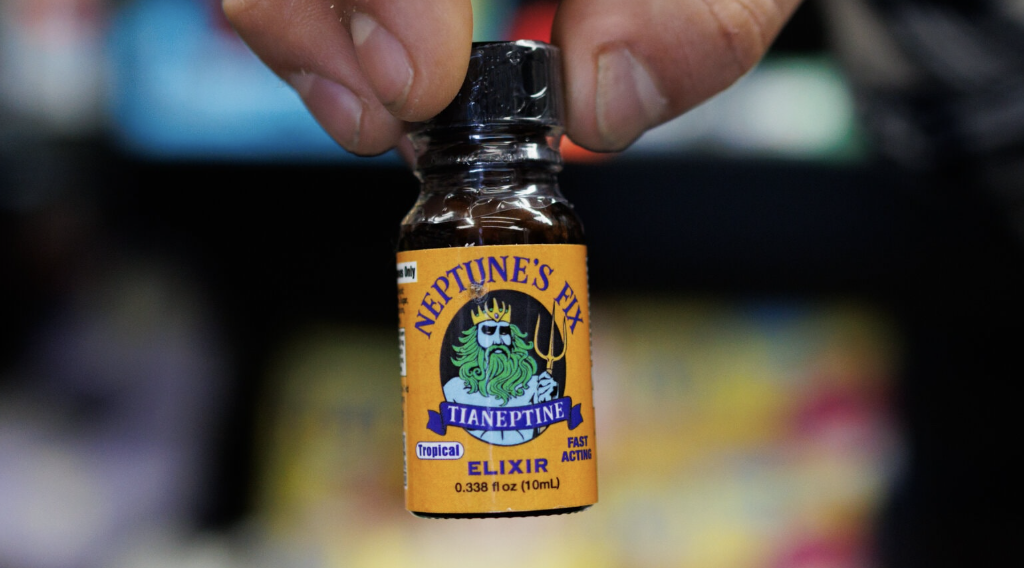Searching for ‘what are Roxies a quick overview’? Roxies, or Roxicodone, are prescription opioids for severe pain management. This article covers their uses, risks, and side effects briefly.
Key Takeaways
- Roxies, or Roxicodone, are potent semi-synthetic opioids primarily used for managing moderate to severe pain, but they carry a high risk of addiction and misuse.
- The immediate-release formulation of Roxies provides rapid pain relief, distinguishing them from other oxycodone products like OxyContin, which are designed for prolonged use.
- Misuse of Roxies through methods such as crushing or injecting significantly increases the risk of overdose and serious health consequences, emphasizing the need for careful monitoring and adherence to prescribed dosages.
What are Roxies and what do they do?
Roxies, the street name for Roxicodone, are prescription medications that act as potent semi-synthetic opioids for pain management. These small but powerful oxycodone hydrochloride tablets work by binding to opioid receptors in the brain, particularly the mu-receptors, to alter the perception of pain. This mechanism not only brings relief to those suffering from severe pain but also produces euphoric effects, making them highly sought after for recreational use.
Due to their significant potential for addiction and misuse, Roxies are classified as a Schedule II controlled substance, indicating a high risk for abuse and physical dependence. Unfortunately, this has led to widespread recreational use, with individuals often crushing and ingesting, snorting, or injecting the tablets to intensify their effects.
The potent nature of Roxies means they are often prescribed when other drugs are ineffective, but this same potency also makes them a common target for misuse and oxycodone addiction.

What is Roxicodone used for medically?
Medically, Roxicodone is primarily prescribed for the management of moderate to severe pain, particularly in cases where other pain relief methods are insufficient. This includes post-surgical pain, injury-related pain, and other severe acute pain conditions.
As an opioid analgesic, Roxicodone is a critical tool in the arsenal of pain management, offering rapid relief when other opioids fail. Manufactured by Mallinckrodt, these opioid analgesics provide immediate relief, making them indispensable in certain medical scenarios.
How it compares to extended-release oxycodone
The primary difference between Roxicodone and extended-release oxycodone, such as OxyContin, lies in their formulation and intended use. Roxicodone is designed for immediate pain relief, with effects beginning as quickly as 10-30 minutes after administration.
In contrast, extended release tablets oxycodone is formulated to provide prolonged pain management, suitable for chronic pain, and is typically taken every 12 hours. This distinction is crucial for tailoring pain management strategies to individual needs, ensuring the right balance of relief and duration.
Common dosages and routes of administration
Roxicodone is typically administered in oral forms, including tablets and liquid solutions, with varying dosages depending on the severity of pain. Common initial dosages for immediate release tablets Roxicodone range from 5 to 15 mg every 4 to 6 hours as needed. The rapid onset of action, typically within 10-30 minutes, makes these dosages effective for acute pain management.
Patients must follow the prescribed dosage and administration route to avoid the risks associated with misuse and overdose.
Why are Roxies commonly misused?
Roxies are often misused due to their potent pain-relieving effects and the euphoric sensations they produce. The fast-acting nature of Roxicodone, combined with its ability to induce a state of euphoria, makes it a prime target for recreational use and painkiller addiction.
The DEA classifies Roxies as a Schedule II controlled substance, reflecting their high potential for abuse and the severe consequences of misuse.

Street names and slang terms
In street drug markets, Roxicodone is commonly known by various slang terms, including “Roxies,” “Blues,” and “30s.” These names reflect the widespread availability and popularity of this popular drug in illicit settings.
Understanding these terms is crucial for recognizing potential misuse and intervening early.
How people misuse Roxicodone
People misuse Roxicodone in several ways to enhance its effects. Common methods include:
- Crushing the pills to snort or inject them, which leads to a more intense and immediate high.
- Chewing the tablets.
- Dissolving the tablets to quickly release the active ingredient.
These practices significantly increase the risk of overdose and other severe health consequences, highlighting the dangers of misusing Roxicodone.
What are the health risks and side effects of Roxies?
The health risks and side effects of Roxies are considerable and varied. Short-term side effects include constipation, nausea, vomiting, and respiratory depression. Long-term use can lead to severe liver damage, particularly when combined with other substances like acetaminophen.
Additionally, Roxicodone can cause serious allergic reaction, including anaphylaxis, and long-term use may result in dependence and tolerance.

Signs of Roxicodone overdose
Recognizing the signs of a Roxicodone overdose is critical for timely intervention. Symptoms may include:
- Extreme drowsiness
- Confusion
- Slow or shallow breathing
- Difficulty breathing
- Pinpoint pupils
- Cold, clammy skin
In severe cases, a potentially fatal overdose of cns depressants and other cns depressants can result in severe drowsiness, coma, or life threatening death.
Immediate emergency medical attention and the administration of naloxone, if available, can be life-saving medical attention.
Risk of addiction and physical dependence
Prolonged use of Roxicodone can lead to:
- Significant physical dependence and addiction, altering brain chemistry and leading to opioid use disorder (OUD)
- Development of tolerance, necessitating higher doses to achieve the same effects
- Opioid withdrawal symptoms such as anxiety, muscle pain, and insomnia may occur if the medication is abruptly discontinued.
These risks underscore the increased risk for older adults of careful monitoring and adherence to prescribed usage, which is strongly encouraged. A risk evaluation is essential in this context.
Is there a difference between Roxies and other oxycodone products?
Roxicodone, or Roxies, are a specific formulation of oxycodone that provides immediate pain relief. Other oxycodone products, such as OxyContin and Percocet, differ in their composition and release mechanisms.
Understanding these differences is crucial for safe and effective pain management.
Roxies vs. Percocet
Percocet addiction is especially concerning because the drug includes oxycodone and acetaminophen, increasing the risk of liver toxicity when misused. In contrast, Roxies contain only oxycodone, making them different in terms of composition and associated risks.
Roxies vs. generic oxycodone
While Roxicodone is the branded version of oxycodone, generic oxycodone is often less expensive and comes in various forms and strengths. Both serve the same purpose as opioid pain relievers, but brand recognition and formulation factors may drive preference among users.
How to identify Roxicodone pills
Authentic Roxicodone pills are typically distinguishable by their unique:
- Imprint (e.g., “A 215” or “M 30”)
- Size (small)
- Shape (round)
- Color (blue)
For example, a common version is a small, round blue tablet with imprints such as “A 215” or “M 30”.
Recognizing these characteristics is essential for ensuring the legitimacy of the medication.
Spotting fake Roxies
Illicitly manufactured pills may mimic the appearance of authentic Roxicodone but contain deadly additives like fentanyl, leading to a surge in fentanyl addiction cases. Indicators of counterfeit pills include:
- Inconsistent colors
- Inconsistent sizes
- Inconsistent imprints
- Unusual textures
- Crumbling easily
Purchasing medications from licensed pharmacies significantly reduces the risk of obtaining counterfeit products.
What to do if someone is addicted to Roxies
If someone is addicted to Roxies, intervention and support from family and friends can be crucial. Roxicodone addiction treatment options include medication-assisted treatment (MAT), behavioral therapy, and addiction treatment detoxification programs.
Resources like the SAMHSA treatment locator can help find appropriate care.
MAT for Roxicodone addiction
Medication-assisted treatment (MAT) involves using medications such as buprenorphine and methadone, as well as non opioid medications, to reduce cravings and opioid withdrawal symptoms. These opioid treatment options are supported by clinical guidelines and have been shown to be effective in managing opioid addiction.
Therapies and support systems
Therapies such as cognitive-behavioral therapy (CBT), contingency management, and motivational interviewing are effective in promoting recovery. Support systems, including family support and peer-led groups like Narcotics Anonymous (NA), play a crucial role in sustaining long-term recovery through substance abuse treatment.
Bottom Line: Understanding Roxies to reduce risk
Understanding the medical purpose and high potential for misuse of Roxies is essential for reducing the risk of drug abuse, addiction, and overdose. Recognizing the signs of misuse and seeking early intervention can significantly improve recovery outcomes.
Safe opioid use and informed decision-making are critical in mitigating the dangers associated with Roxicodone.
FAQs about Roxies
What are Roxies?
Roxies, or Roxicodone, are opioids prescribed for effective pain management in cases of moderate to severe pain. Their potency makes them a critical option when other medications fail to provide relief.
Why are Roxies so addictive?
Roxies are addictive primarily because they create euphoria and act quickly in the body, increasing their potential for misuse. This combination of effects significantly contributes to their addictive nature.
Are Roxies and OxyContin the same?
Roxies and OxyContin are not the same; Roxies are immediate-release oxycodone, whereas OxyContin is an extended-release formulation, leading to differences in their use and potential for misuse.
Can short-term use of Roxies lead to addiction?
Yes, short-term use of Roxies can lead to addiction, as they may cause tolerance and psychological dependence, particularly when misused.
Is it legal to possess Roxies without a prescription?
Possessing Roxies without a prescription is illegal and may result in criminal charges, including fines and imprisonment. It is essential to adhere to legal regulations regarding controlled substances.
















